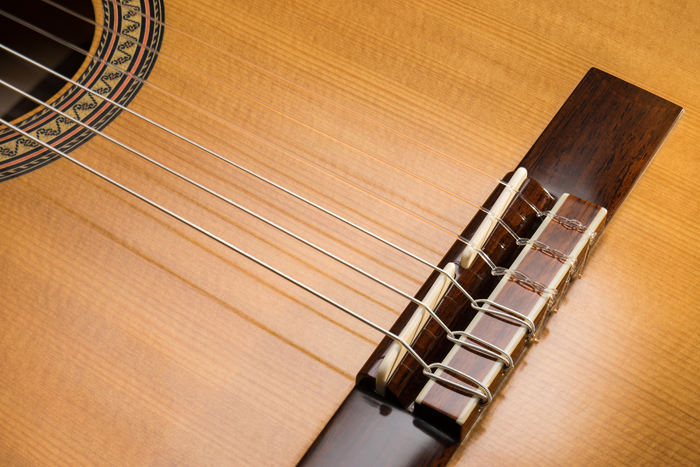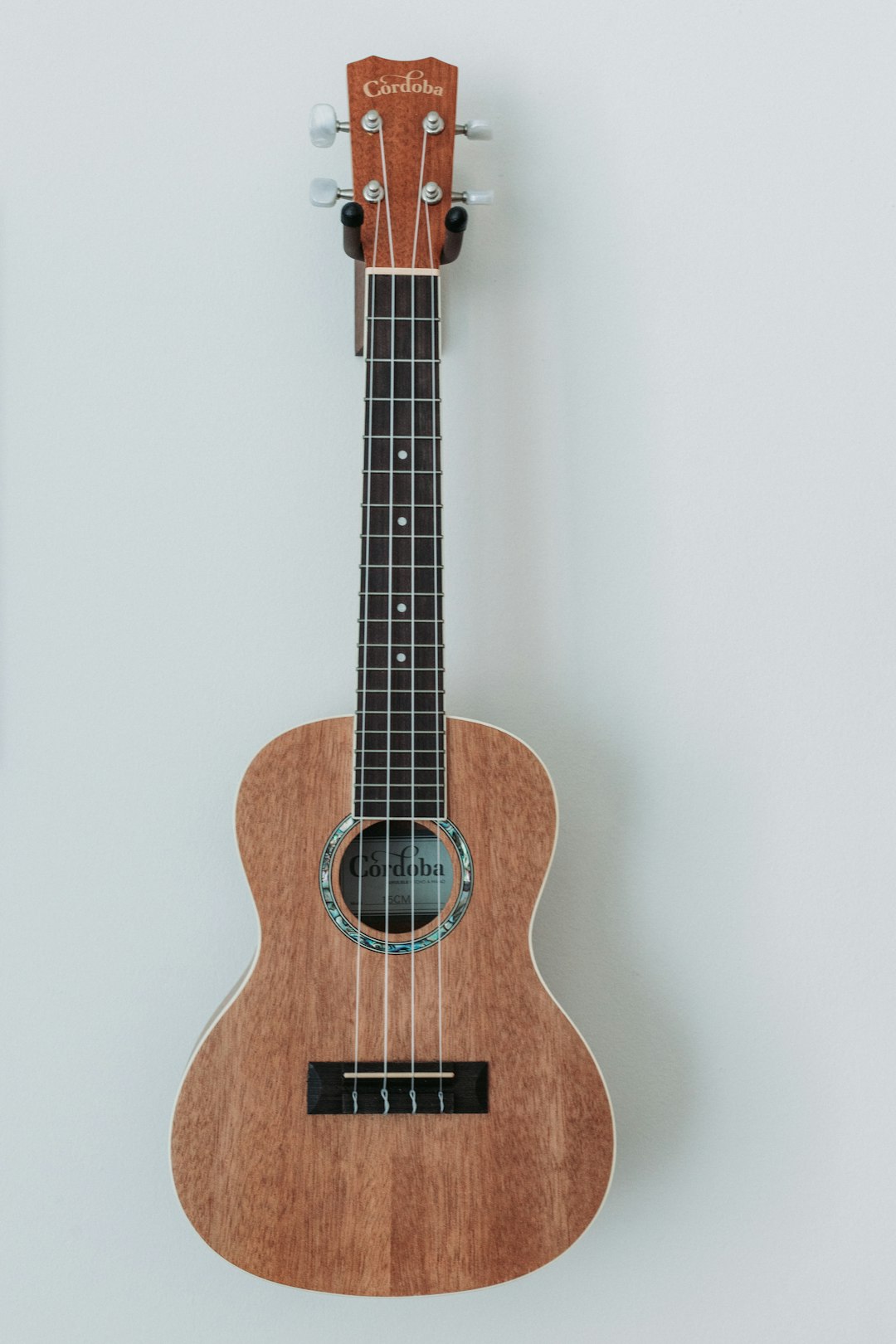What is the difference between a dry guitar with nylon strings and a dry guitar with steel strings?
NewsDifference between a dry guitar strings Nylon and Steel strings?
Dryer = No need for an amplifier to make a sound

These are just 2 different types of guitars, here's how to recognize them:
NYLON STRING GUITAR: Classical Guitar ( to play classic, bossa nova, flamenco for example..)
STEEL STRING GUITAR: Acoustic folk guitar (for playing pop, folk.. much more versatile)

CLASSIC GUITAR:
* The 3 most acute strings are made of nylon
* The handle is very wide and very flat
* On the head of the guitar, the mechanics are facing backwards and the head is dug up*
The strings are fixed differently. Tie a string by knot on the
easel* The sound is softer, less metallic, and the bass are deeper

FOLK GUITAR:
* The handle is much thinner
* The head is not dug and the Strings are oriented
outward* It has only steel strings*
At the bridge level, the strings are fixed by inserting small dowels into the guitar body*
The sound is clearer, more metallic, so closer to a rock or pop style
. guitar type “classical”. If, on the other hand, the strings are made of steel, it is a “folk” guitar.
When you are a beginner, you tend to move towards a classical guitar for the simple reason that it hurts your fingers less (which may bother at first).
But let's be honest, either one or the other, they'll hurt anyway at first, we've all been there!
Indeed, the skin is not accustomed, it seems a little unpleasant at first, but after a minimum of repetitions, the horn is formed and playing with more or less soft strings will no longer be an obstacle at all.
It takes between 3 weeks and a month and a half to make this no longer a problem.
Nor should it become a brake and take over your desire to play.
The right criterion for and therefore the guitar, is first of all the style of music you want to play.
Also a little tip: it's not worth buying one if it's just for training and doing your hand, starting directly with the style of music you want to play, so towards the guitar that matches that style. You might as well start on the guitar that suits you right from the beginning.
Choose your instrument according to your style of music, anyway if you are beginners, you will have a finger ache, it's a must! ; -)
The trick to ease this inconvenience is to play regularly and practice until you start to have a finger ache. I advise you to stop as soon as you feel the pain (yes I know, said how scary it).
Then the next day you start again. At this rate, your body will very quickly get used to and harden. Do not wait to get very hurt, it might disgust you with the guitar and that's frankly not the point. Don't space your sessions too much, otherwise it will take more time. Your body will not have enough time to understand, to assimilate pain but above all to create this barrier of protection (the horn is precisely!)
Last precision regarding the type of guitar: They can be dry (steel or nylon), so there is no microphone that will amplify the sound, and therefore no jack jack.Nevertheless, they can be “electro-classical” or “electro-acoustic folk”, that is, there is a socket that allows them to be connected to an amp if desired.
Now that you know everything, it's up to you to play! You can also take classes at, an ultra simple method to learn very quickly; -)
Written by Brizzly
on 2019-05-31 16:32:44
Keep reading



The Guitar: One of the Major Figures in the Iconography of Pablo Picasso
The Guitar: One of the Major Figures in the Iconography of Pablo Picasso







